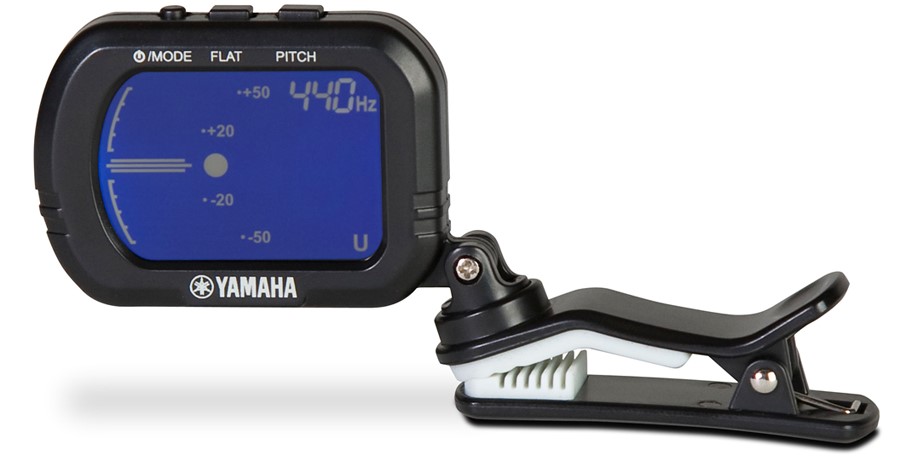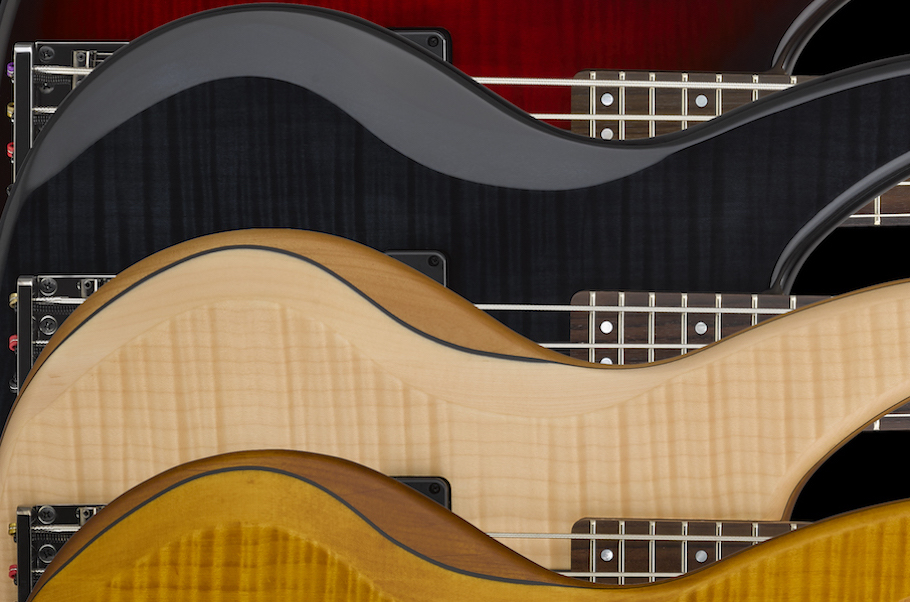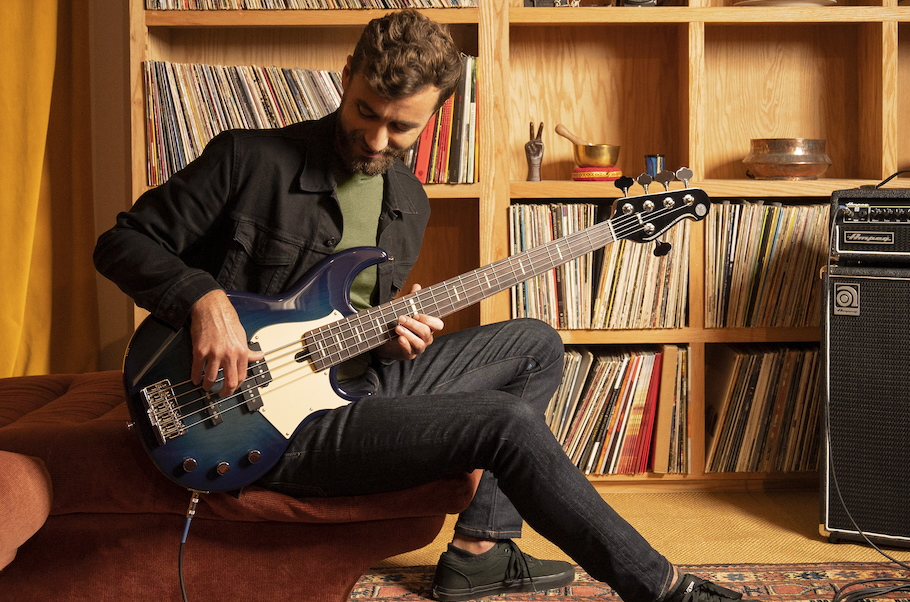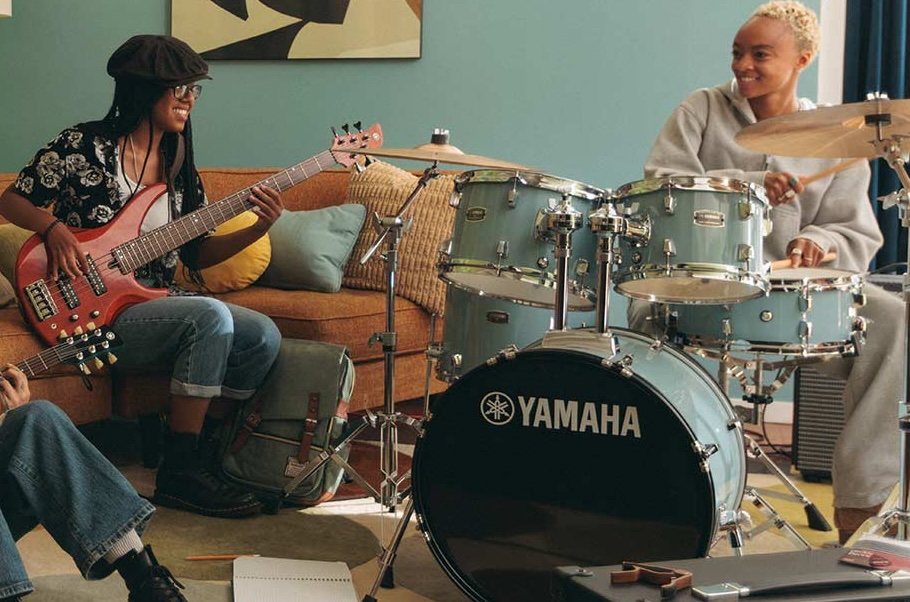So You Just Got Your First Bass – Now What?
The essentials, the add-ons and some good advice.
You’ve done the research and finally pulled the trigger, or perhaps you totally lucked out and nailed a sweet deal on a used bass. No matter how you arrived at this moment, the first time you hold a bass that’s yours and yours alone is unforgettable. You’re on a new journey and the sky is the limit. Congratulations!
Here’s a guide to the next steps you need to take.
FOUR ESSENTIALS
If your bass didn’t come with a strap and an instrument cable, those should be your first priorities. It’s easy to fall in love with an eye-catching bass strap, but keep in mind that a padded and/or wider strap can help keep your shoulder from hurting if you’re playing for long stretches or if your bass is heavy. If you like to move around a lot, consider getting a pair of strap locks, which help secure your strap to your bass. Instrument cables come in many lengths and colors and at several price points; some players prefer right-angle cables, which are great for basses with an input jack that’s flush with the body, and others swear by particular brands. A basic six-footer does the job for most folks, but my advice is to go for the best cable you can afford, as it will almost certainly last longer than the cheaper ones.

The third item no bassist should be without is a tuner. There are plenty of tuning apps, but I’d recommend plugging into a tuner pedal or using a tuner that clips on to your headstock, like the Yamaha GCT1. Most tuners these days work for both guitar and bass; if your first bass is a 5-string, make sure any tuner you’re considering can handle a low B. (The GCT1 checks that box.)

Finally, just as humans need clothes and shoes, every bass needs a case. Whether or not your bass came with a hard case (which is the best option), a good soft case (usually called a “gig bag”) will help protect your instrument almost everywhere except the underbelly of an airplane.
PLUG IT IN
Once you’ve covered the basics, it’s time to think about amplifying your bass, and there’s a universe of options for every budget and requirement.
Of course, nothing comes close to the thrill of playing through a big amp along with a drummer and the rest of the band, and when that time comes, you’ll want to go the extra mile to get the best amp in terms of price, portability, power, tone and durability. (Definitely check out some of the models offered by Ampeg — a brand long favored by many bassists.)
But to start — especially if you have roommates or neighbors — you’ll want to invest in a small practice amp. Bear in mind that bass notes travel easily through walls and ceilings, so turning the volume up to even moderate listening levels might prompt complaints — which is exactly why many practice amps, including Yamaha THR-II Series desktop models, have headphone jacks in addition to speakers.

But an amp isn’t the only way to experience your bass. If you make music on a computer, plug your bass into an audio interface using its instrument input (assuming it has one; if not, you’ll need a DI box) and have fun playing and recording into your DAW.
Bass-specific headphone preamps are another way to keep your practice sessions private and immersive. Old-school headphone preamps have volume and basic tone controls, but today’s models also feature EQ, effects and realistic speaker cabinet modeling — sometimes even rhythm tracks you can practice to. Many also offer Bluetooth®, making it especially easy to play along with streaming music or apps like iReal Pro running on your laptop, Android® or iOS device.
When you’re ready to join a band and begin gigging, you’ll need a bass amp suitable for rehearsals and small venues like clubs. Again, it’s well worth checking out those in the Ampeg line, such as their compact Portaflex models.

NEXT LEVEL
Once you’ve had your bass for a while, you may notice a few things you’d like to tweak. In addition to an overall inspection, most professional setups include making sure the instrument is in tune all the way across the neck, adjusting the truss rod if necessary, dialing in string height and checking pickup height. This process is best done with new strings, so a setup is a great opportunity to try a different set of strings. If there are other issues — tuners that are too tight or too loose, static when you twist the control knobs, or problems with the preamp, pickups or input jack — talk to your luthier or repair person before they get started. Getting your bass back after a good setup can make such a dramatic difference that it may inspire you to learn how to set up your own instrument.
Last but certainly not least, consider taking lessons. One of the great things about being a bass student today is that there’s tons of information online, and a lot of it is free. But so much of it is also contradictory, and piecing together the many strands of advice while making steady progress — not just learning a lick or single technique at a time — can be challenging. A good teacher will help you set specific goals and encourage you to practice regularly to reach them; if you’re lucky, you’ll find someone whose life and musical experience enriches your journey and offers valuable shortcuts to bass mastery.
Getting your first bass can be a life-changing moment. Revel in it! Get to know your instrument. Connect with others who play the same make and model. Take good care of it, and your bass will take you places you might never have imagined.
Yamaha offers a wide variety of entry-level, intermediate and professional basses. Click here for more information.














